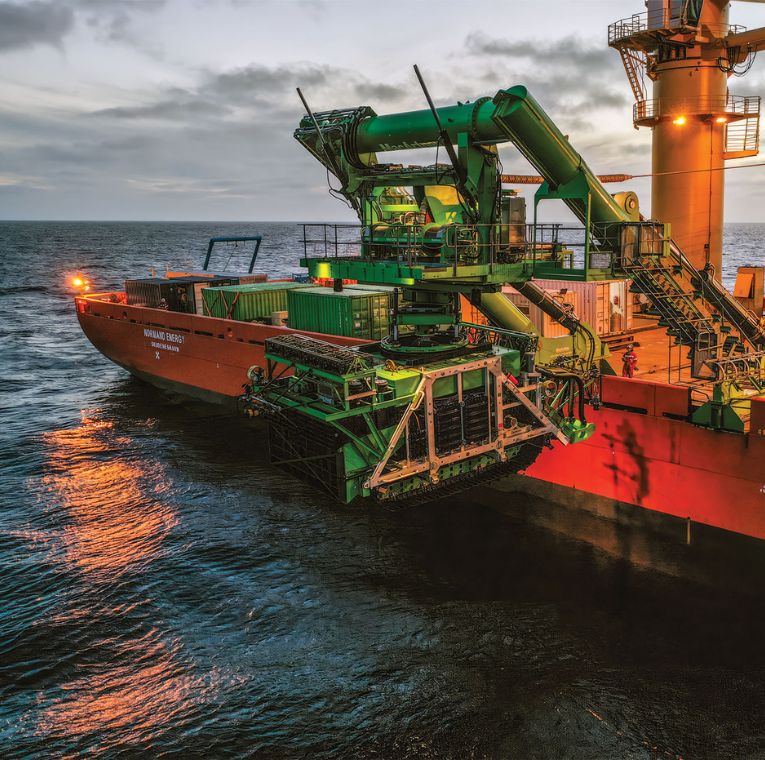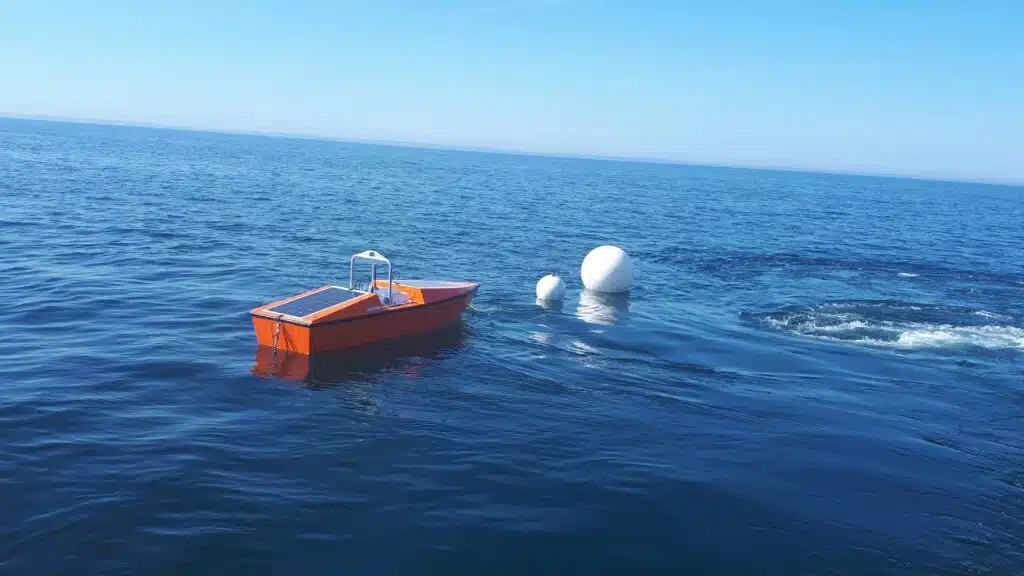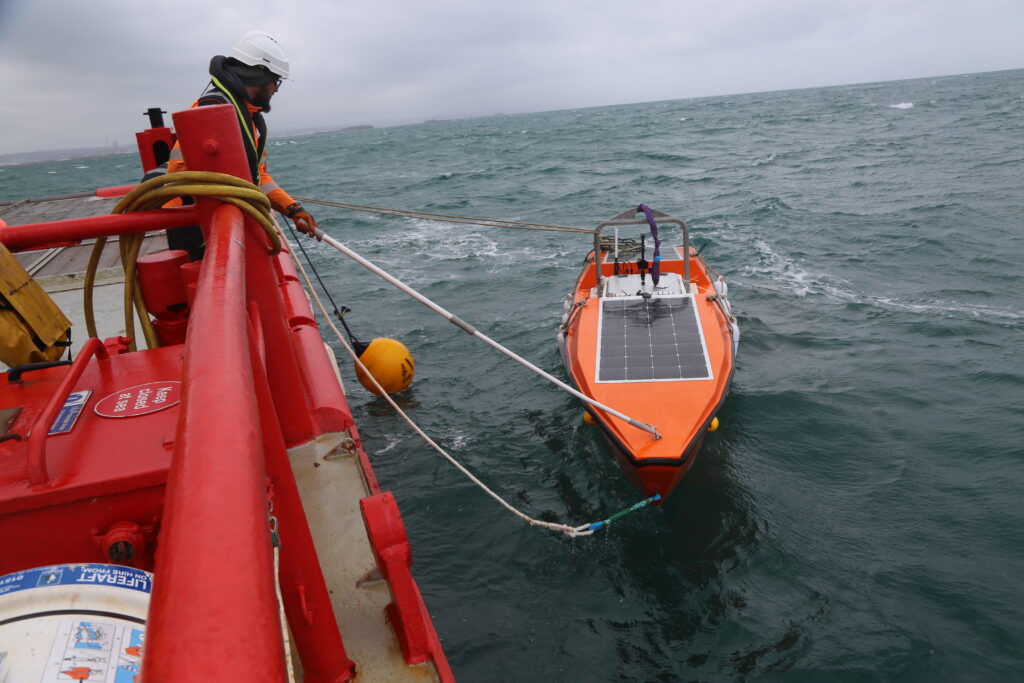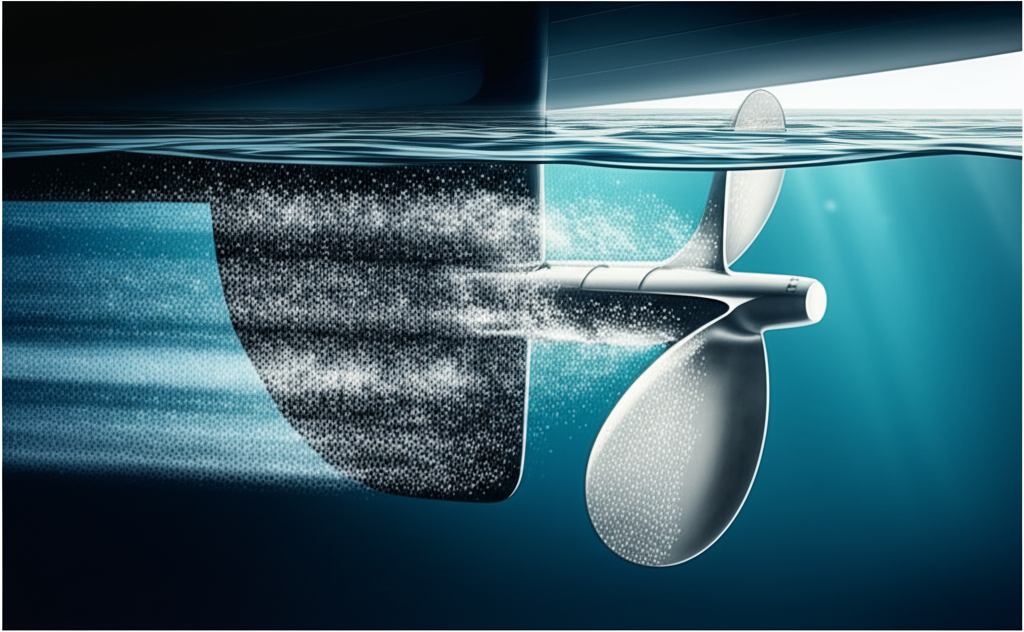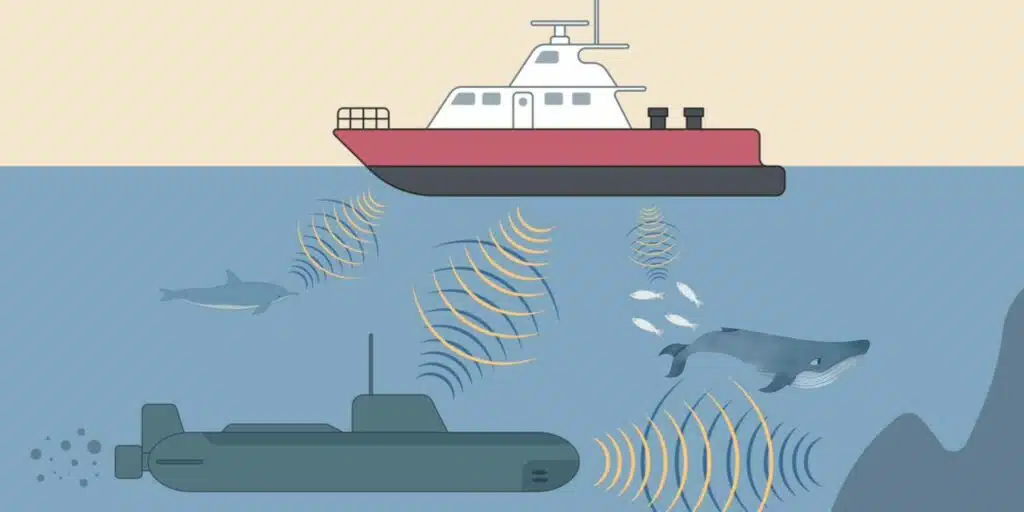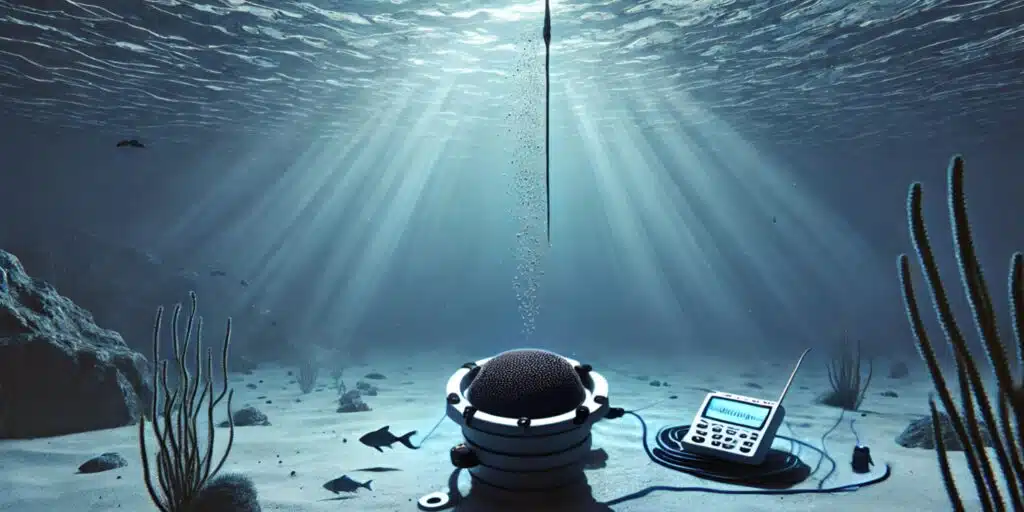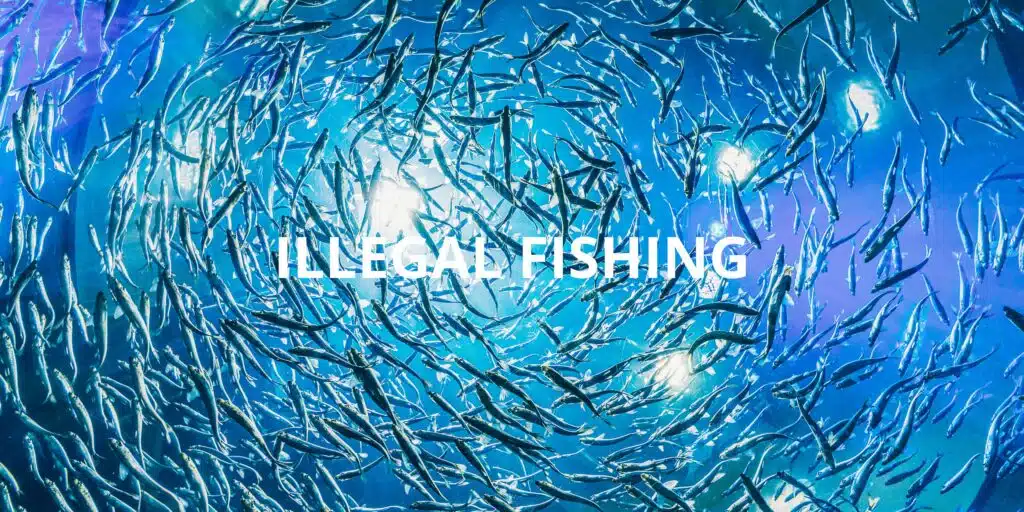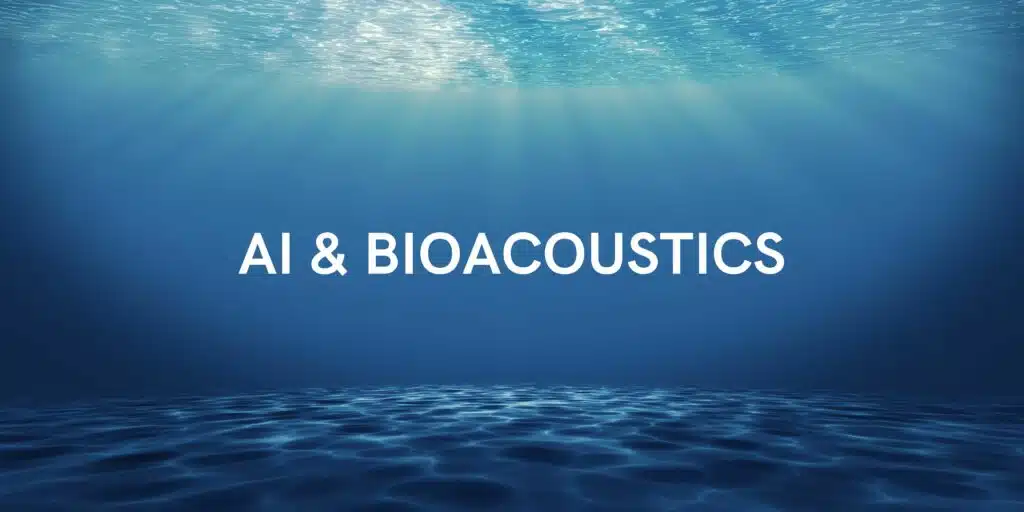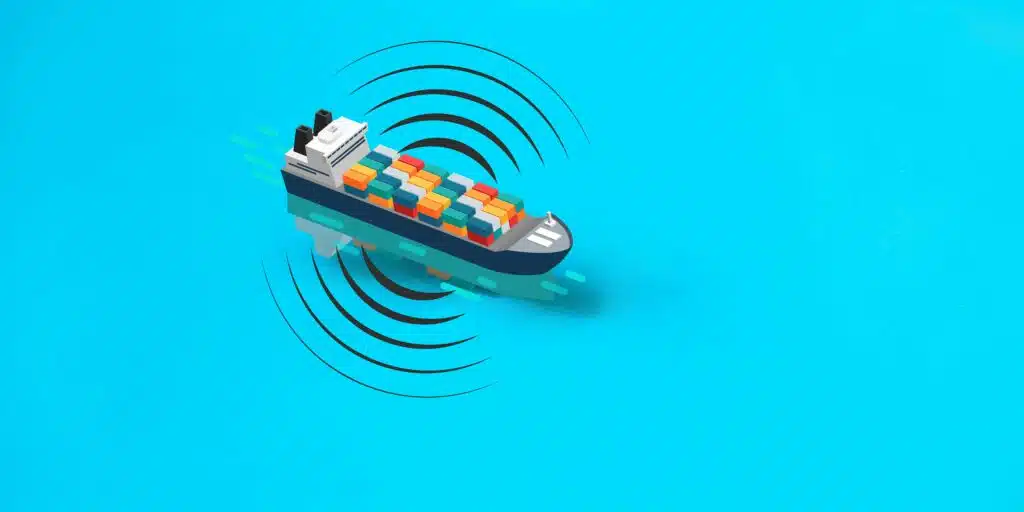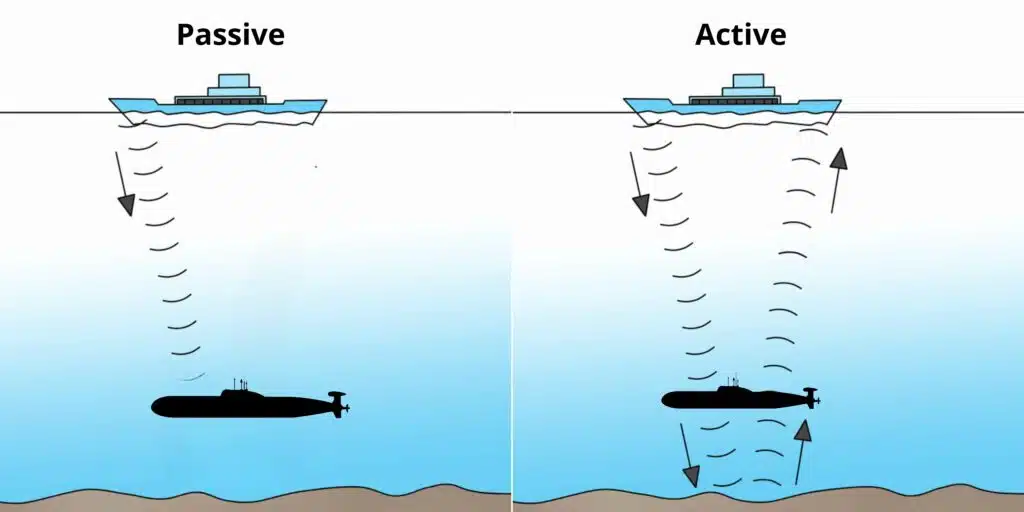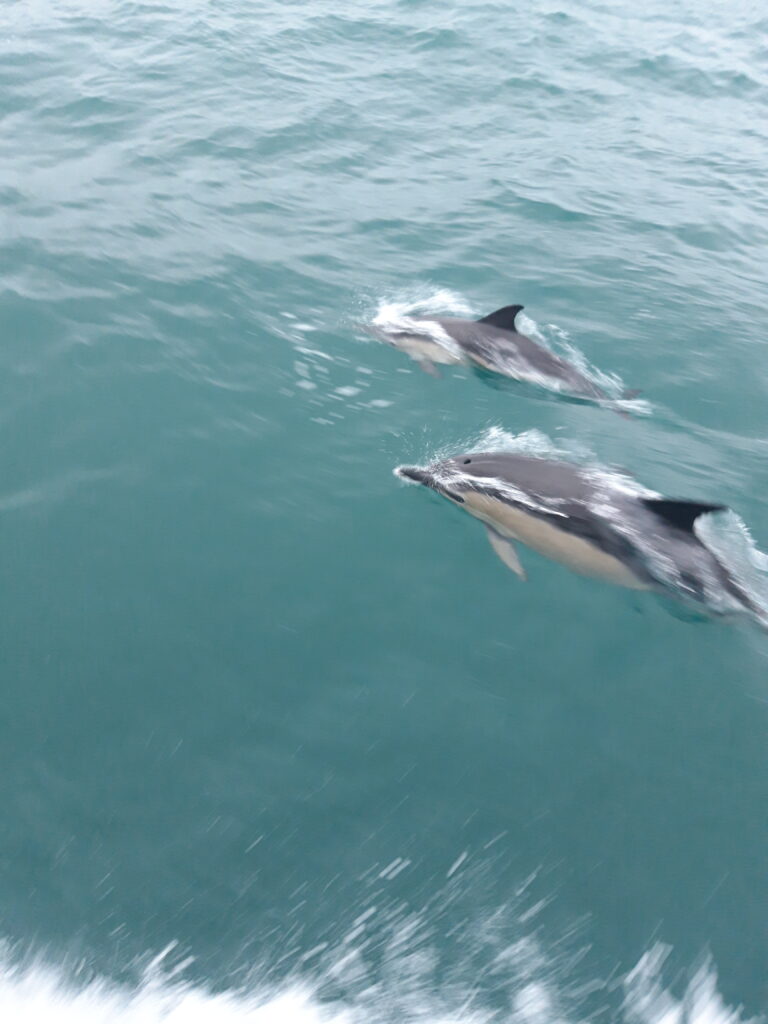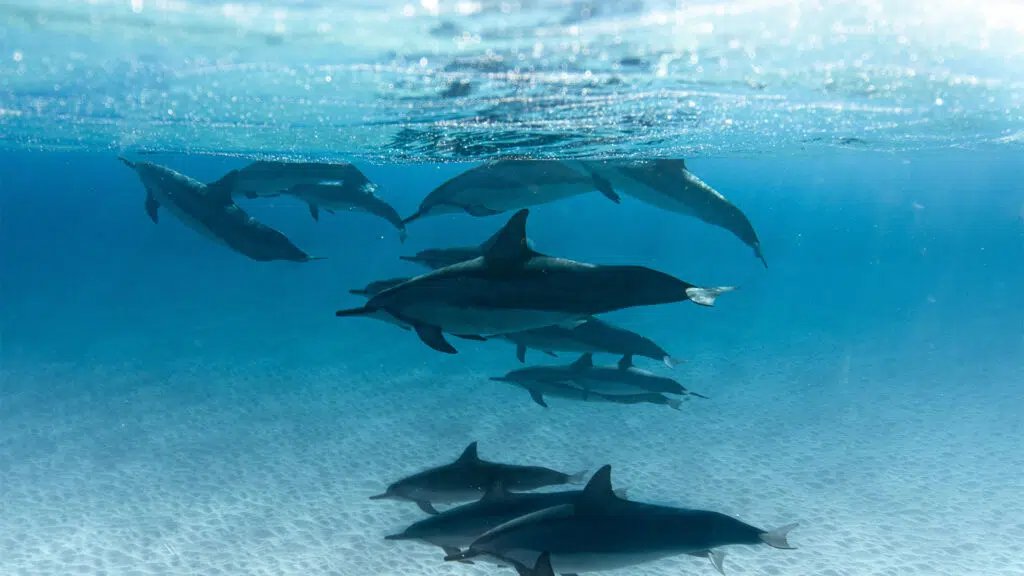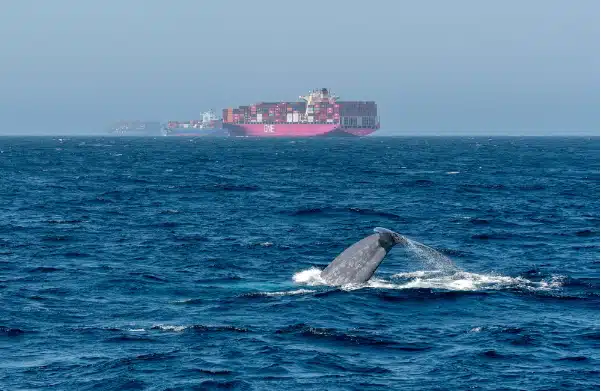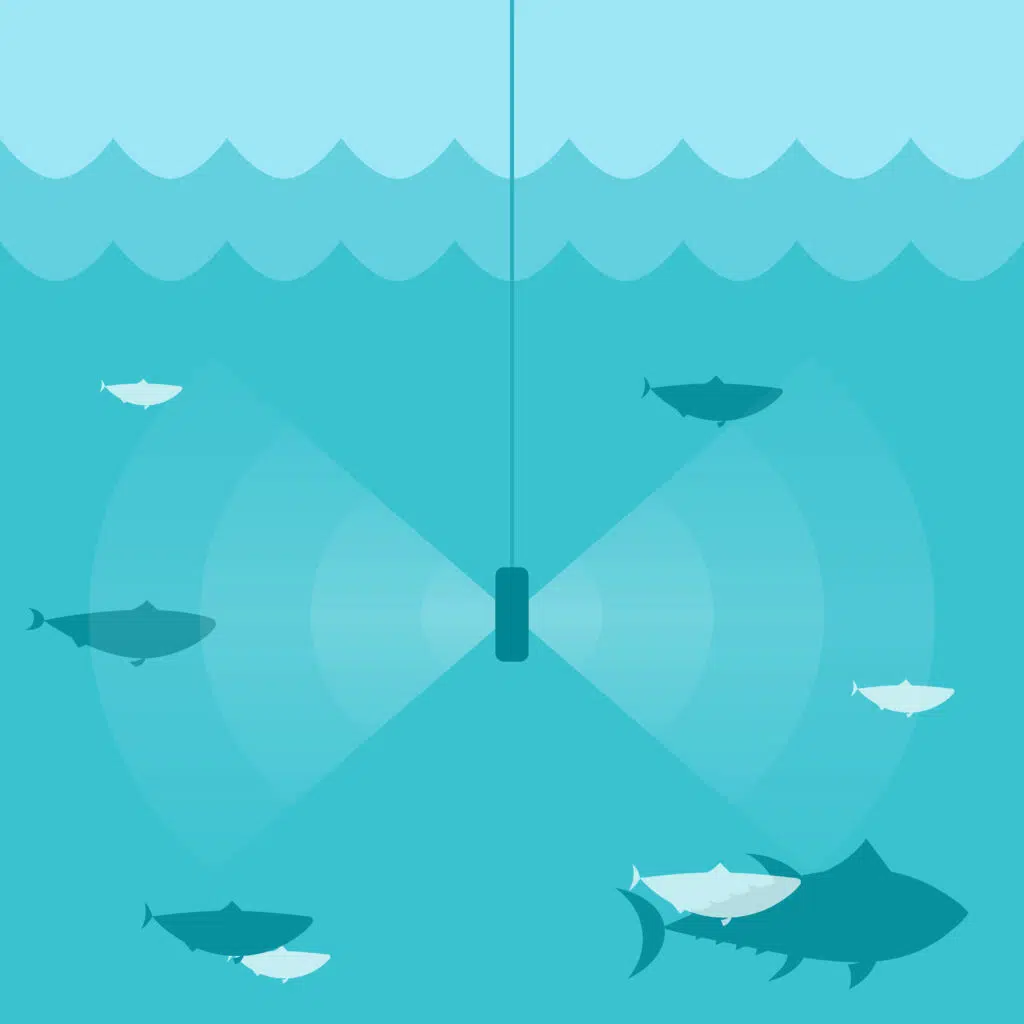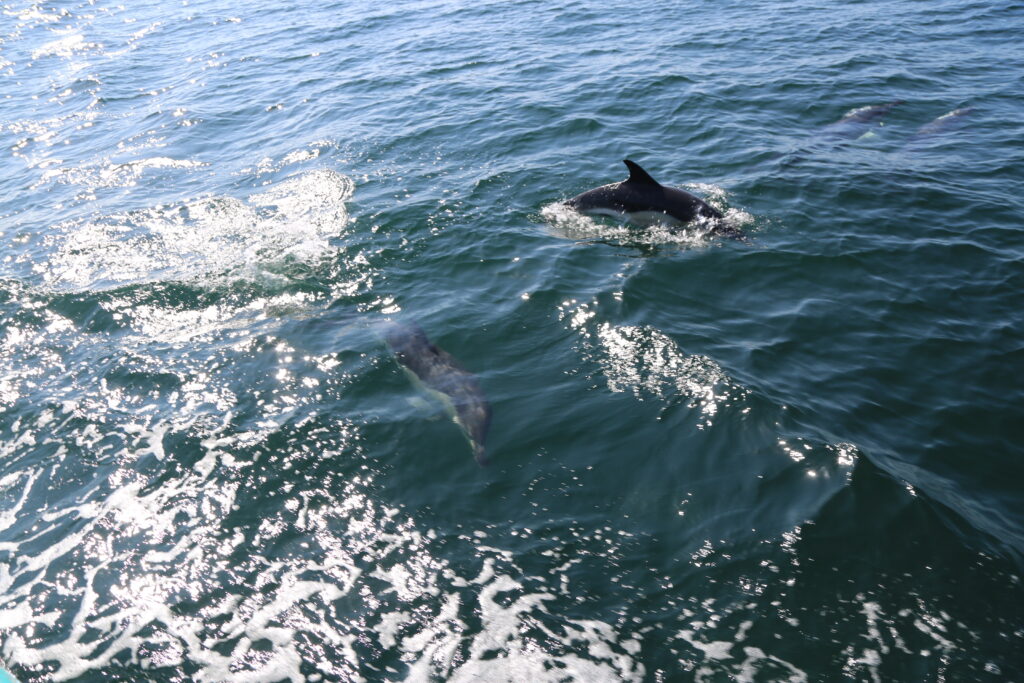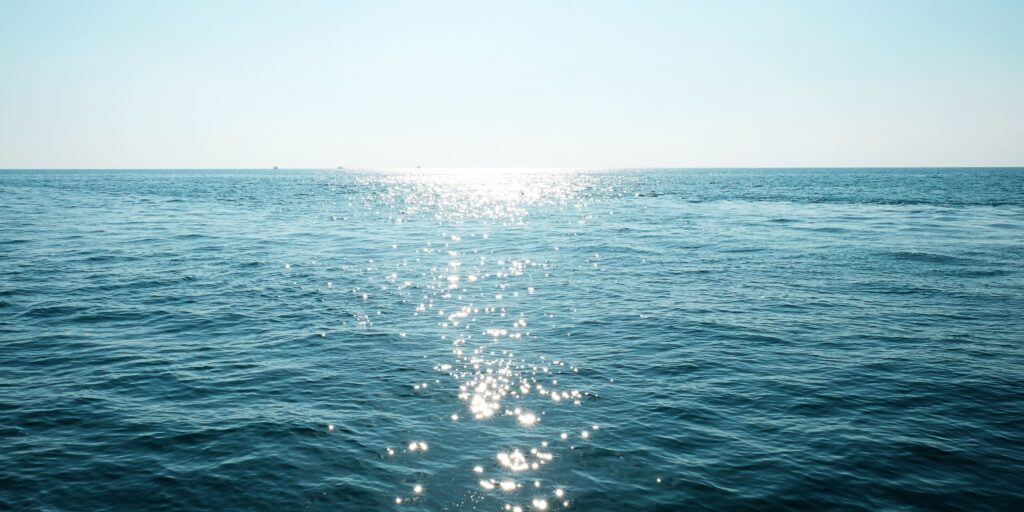Blog
Welcome to our Acoustic Blog — your go-to source for the latest developments in underwater acoustics, marine noise monitoring, and eco-acoustic technologies. Here, we explore how sound impacts marine ecosystems, the role of passive acoustic monitoring in sustainable ocean projects, and innovations shaping the future of acoustic data in the maritime industry. Stay informed with expert analyses, project highlights, and actionable knowledge from the forefront of ocean sound science.
Deep-Sea Mining and Underwater Acoustics: A Collision Course?
Discover the relationship between mining operations and marine acoustics pollution
Passive Acoustic Monitoring Networks: Toward a Global Ocean Listening System?
Find out the role of Passive Acoustic Monitoring in marine conservation
Will Acoustic Offsets Become the Next Maritime Carbon Market?
Explore their role in ocean sustainability, marine species protection, and shipping innovation.
Reducing Underwater Noise: Propeller & Hull Solutions
Responsibility of shipowners and operators in monitoring and controlling maritime noise pollution
International Standards for Noise Monitoring
Shipowners and operators' responsibility for monitoring and controlling noise levels in maritime operations
Monitoring in Marine Conservation and Operations
Advanced underwater acoustic monitoring for marine conservation and sustainable operations
Passive Acoustic Monitoring: A Tool for Climate Change Research
Passive Acoustic Monitoring (PAM) reveals how ecosystems are transforming—without disturbing a single species. Discover how this technology is revolutionizing marine research and biodiversity conservation.
Passive Acoustic Monitoring in Freshwater Ecosystems
With Passive Acoustic Monitoring (PAM), uncover the invisible impacts of human activity and climate change in freshwater ecosystems—non-invasively, accurately, and in real-time.
Combat Illegal Fishing and Protect Marine Ecosystems
Illegal, unreported, and unregulated fishing threatens marine ecosystems globally. Passive Acoustic Monitoring (PAM) offers a non-invasive, real-time solution to detect, track, and prevent harmful fishing practices.
How AI and bioacoustics can help monitor cetaceans?
Discover how AI and bioacoustics are transforming cetacean conservation—making marine mammal monitoring faster, more accurate, and more accessible than ever before.
What are the different types of acoustic sensors?
Acoustic sensors are transforming how we monitor, protect, and operate in aquatic environments—detecting underwater noise, emissions, and environmental change in real time.
What are the different Between Active and Passive Acoustic?
Acoustic sensors are transforming how we monitor, protect, and operate in aquatic environments—detecting underwater noise, emissions, and environmental change in real time.
Understanding Noise Emission versus Immission
To effectively manage underwater noise pollution, it's essential to understand two core concepts: noise emission (what's produced) and noise immission (what's received). Learn how to distinguish between the two—and why both matter in marine conservation and regulation.
Exploring the Science of Underwater Acoustics
Dive into the fascinating science of how sound travels beneath the sea—and how it shapes marine exploration, communication, and conservation.
What is the regulation of underwater noise (SEL) in ocean freight?
Learn how global regulations on underwater Sound Exposure Level (SEL) are shaping ocean freight practices—and how your company can align with these evolving standards.
What is SEL (Sound Exposure Level) monitoring
Understand how SEL monitoring helps shipping professionals comply with environmental regulations, protect marine life, and safeguard crew well-being.
How can we Detect Underwater Sound?
Discover the technologies and materials that help us listen beneath the waves and monitor the acoustic health of our oceans.
Successful Conservation Projects with Real-Time Acoustic Monitoring
Discover how PAM is transforming conservation efforts worldwide through real-time, non-invasive monitoring of marine and terrestrial species.
AI-Driven Passive Acoustic Monitoring for Real-Time Wildlife Conservation
Explore how Artificial Intelligence is revolutionizing wildlife conservation through real-time, automated monitoring of species across marine, forest, and freshwater ecosystems.
What is Passive Acoustic Monitoring?
At mobyo.ai, we provide cutting-edge Passive Acoustic Monitoring (PAM)
Acoustic Pollution Baselines: Can We Define ‘Normal’ Ocean Noise in 2025?
Ocean noise pollution has doubled every decade. Discover how scientists aim to define 'normal' underwater noise to protect marine species and ecosystems.
